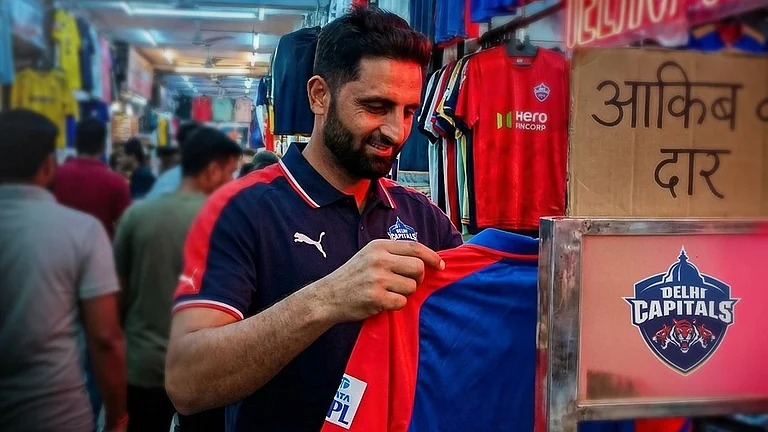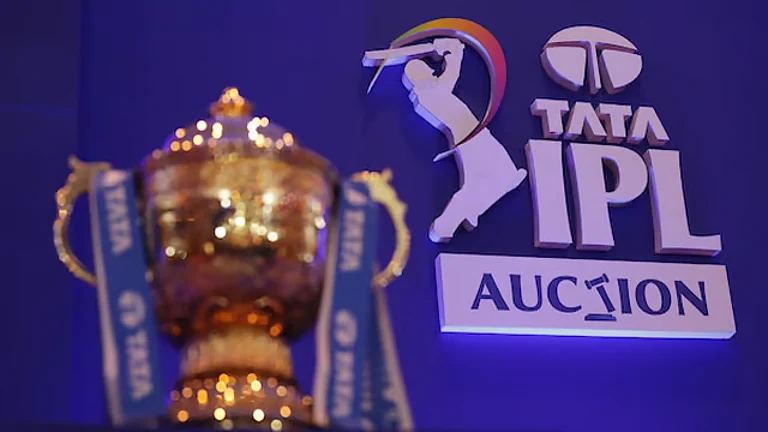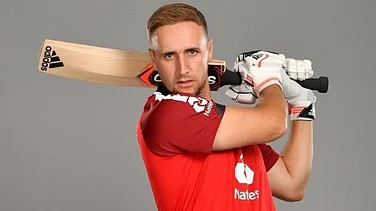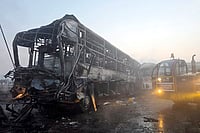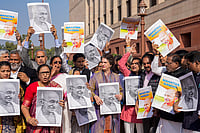The Wills World Cup is the most open tournament since the quadrennial limited-oversworld championship began in 1975. For thefirst time, there can be no clear favourites.
There are plus and minus points of playing at home. On balance I wouldrate India’s chances as good; nothing more and nothing less. But it is going to bevery tough to win this title with so many strong contenders around, particularlyAustralia, who should pose the strongest challenge in our group. The problem for Indiaplaying at home is always the heightened expectations of the crowds here. And there istremendous hype in the media surrounding this event, more than I have seen at any previousWorld Cup. All this can prove to be an extra burden on our cricketers.
The record books will show that Indian teams traditionally performbetter abroad in one-day games, particularly our bowlers. This is because the conditionsin both England and Australia are conducive to our medium-pace bowlers. This was proved byour victories both in the Prudential World Cup in England in 1983 and at the WorldChampionship of Cricket Down Under two years later.
The plus point of our team is obviously its batting strength which, atleast on paper, is very impressive. It does tend to centre on the explosive skills ofSachin Tendulkar in the opening slot. But let us not forget Navjot Singh Sidhu and skipperMohammed Azharuddin. I feel Sidhu at number three is an excellent batsman, one of the mostsolid in the one-day game and after him Azhar is sure to set pulses racing with hisglorious strokes.
Inevitably, one has to get back to Sachin. There is a debate about hisopening the batting. It is, after all, the most crucial slot in one-day cricket becausethe loss of an early wicket puts the team under tremendous pressure. In that respect I seenothing wrong with Sachin taking first strike. In the limited overs game, more than inTest cricket, a team needs a blazing start and Sachin is just the man to take any bowlingattack apart. Manoj Prabhakar at the other end provides the right balance before Sidhu andAzhar take charge.
The bowling to some extent does rely on Anil Kumble. But he has gotplenty of support from Prabhakar and Javagal Srinath who form a useful opening attack withVenkatesh Prasad as the third string.
The team’s weakness is the lack of a good all-rounder coming in atnumber six or seven, someone who can throw his bat around with the overs running out. Thatis where we scored in 1983, with useful players like Madan Lal, Roger Binnyand, of course,the incomparable Kapil Dev.
Sure, one can’t replace someone of the calibre of Kapil overnight.Those we have in the squad today are not even 50 per cent of his worth. The current teamis packed with specialists whose value pales in comparison with the so-calledbits-and-pieces types. For each match we will have to decide whether to play a fifthbowler or get Sachin and Ajay Jadeja to chip in with their bowling. Fielding too is acause for some concern. Our players are not as quick in the field as the team of ’83and ’85 which was packed with superb fielders.
As for the captain himself, I feel Azhar has had time to grow andmature in this position having held it for six years now. Frankly, I have never reallygiven much importance to the captain’s role apart from regularly delivering his peptalks. The same goes for the manager. After all, it is ultimately the performance on thefield that counts.
So can we do it again? Can we regain the Cup we won 13 years ago? Ireally don’t want to stick my neck out. Obviously, I hope India does lift the trophyat Lahore on March 17. But as I said at the start: it’s not going to be easy. Goodluck, boys!








